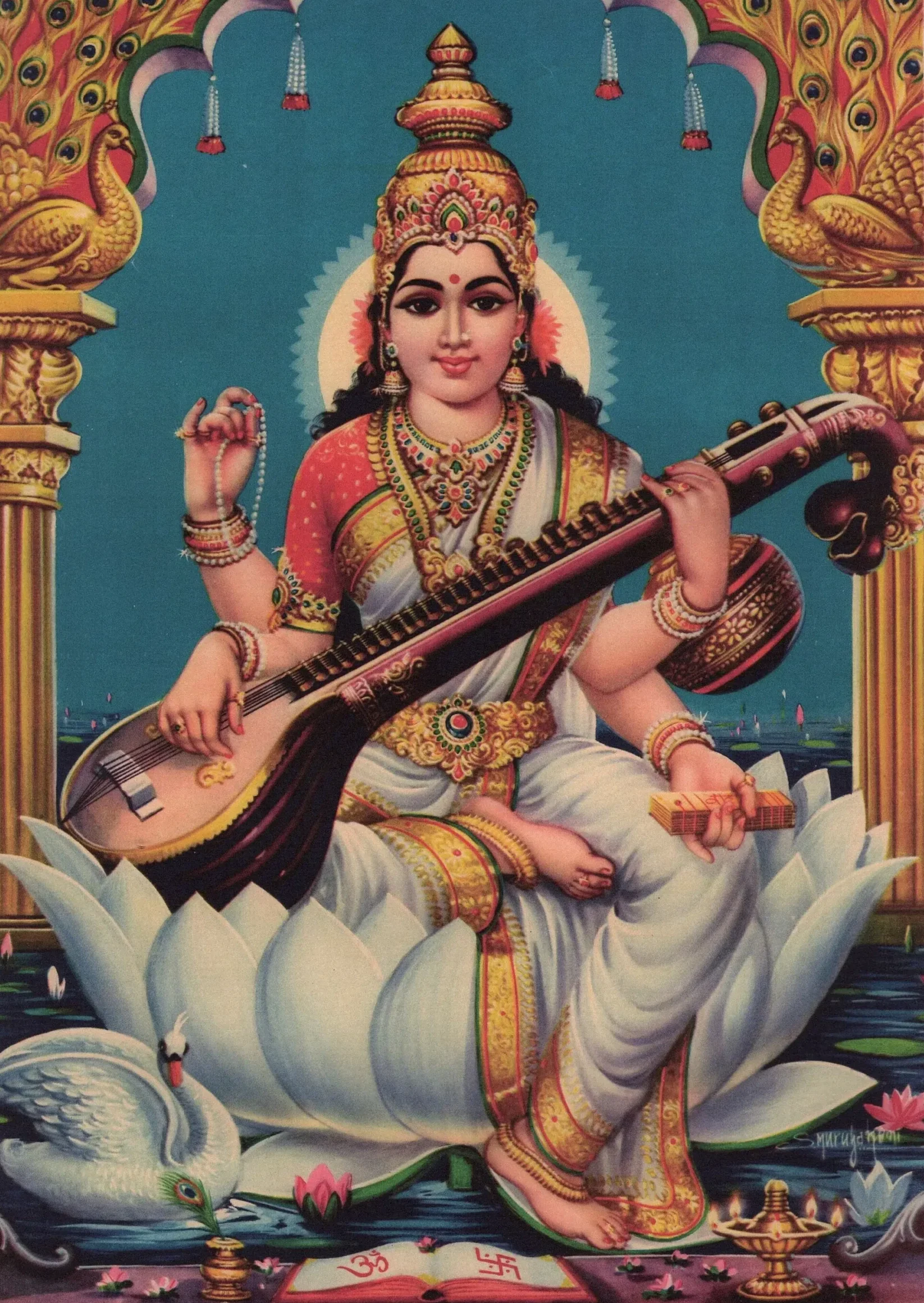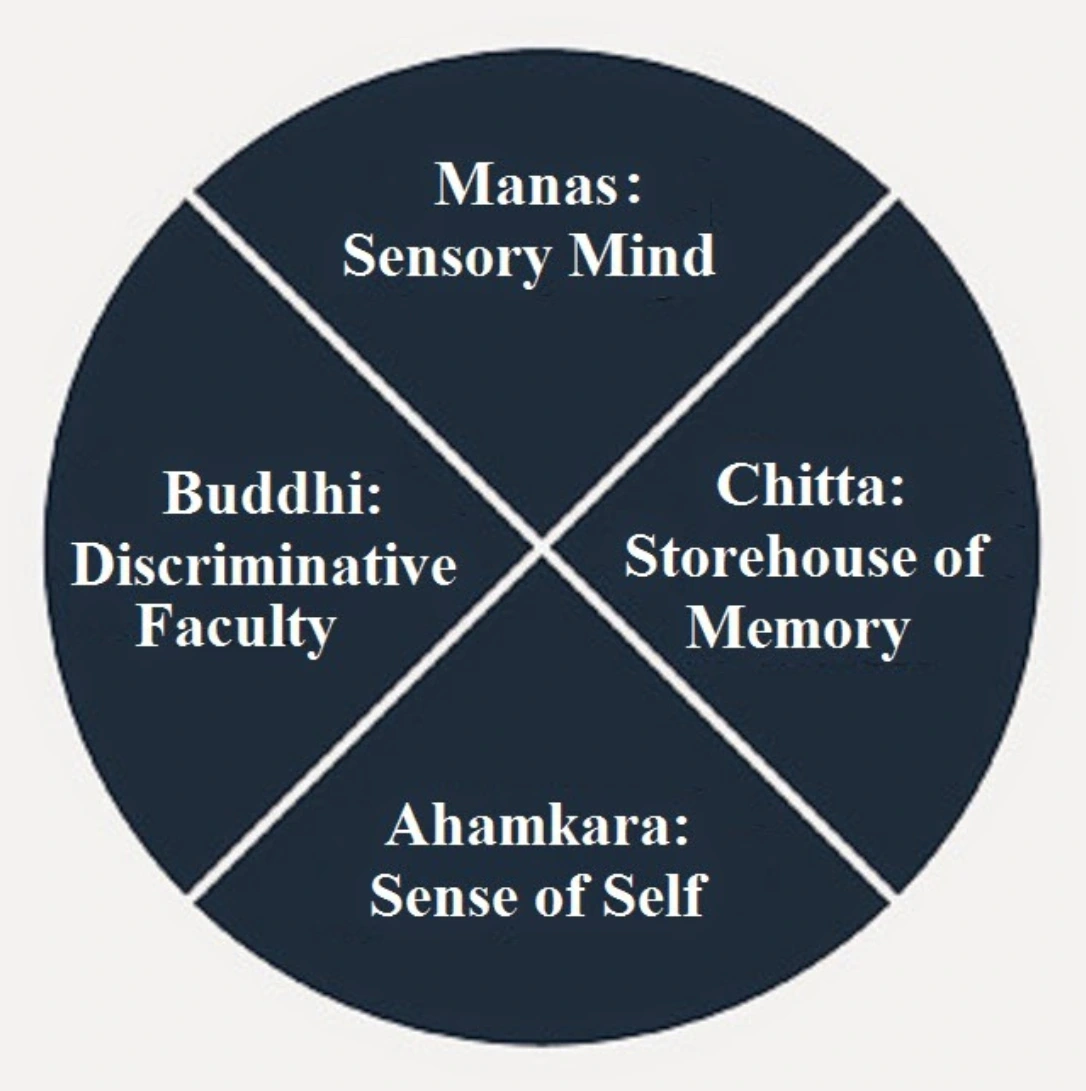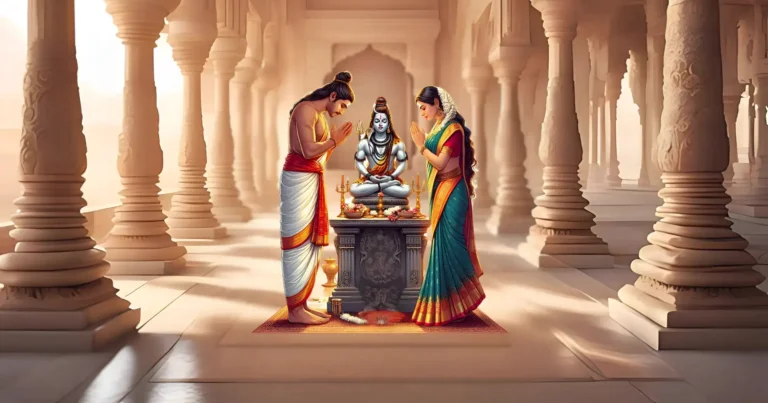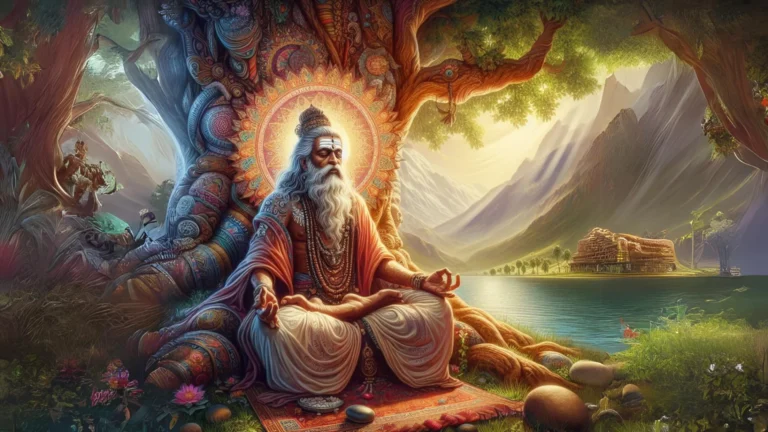Please Like the Blog and Share it for Maximum Reach
Table of Contents
Upanishads on Creation and Panchikarna
The philosophy of the Upanishads throws light on the process of Creation. The Process of Panchikarna makes the Creation more explicable and tangible.
Understanding the concept of Panchikarana is vital because by understanding this process of Panchikarana or the five fundamental entities, one will know the secrets of actual creation. Therefore Upanishads reveal this process in great detail through Advaita Vedanta.
Sri Shankara speaks at length about Panchikarana or the five fundamentals that form the root of the Creation process.
What are Karma Indriyas, Jnana Indriyas and Triputi?
The Shastra of Sanatana Dharma point to 5 Karma Indriyas (कर्म इंद्रिय 5 Senses of Action) and 5 Jnana Indriyas (ज्ञान इंद्रिय 5 Senses of Knowledge).
Thus there are 10 senses in all. Now there are 3 aspects to each of the 5 Karma and Jnana Indriyas or Senses. The Jnana Indriyas have Triputi (त्रिपुटी), three aspects namely Adhyatmik (आध्यात्मिक), Adidaiwik (आधिदैविक) and Adibhautik (आधिभौतिक).
The senses or the Indriyas (इंद्रिय) themselves represent the Adhyatmik aspect. The Adibhautik aspect covers the sense objects or Vishay (विषय).
The Adidaiwik aspect covers the presiding deities or divinity related to the respective senses. Hence there are 30 aspects related to the senses, sense objects, and the divinities related to the senses.
What is Antahkarana?
Then there is the instrument known as Antahkarana (अंतह्करण inner instrument) which are 4 in number namely:
1. Buddhi (intellect बुद्धि),
2. Manas (gross mind मनस),
3. Chitta (deep-rooted memory चित्त) and
4. Ahankara (false ego अहंकार).
Then there are 3 aspects of Triputi with these 4 aspects of the inner instrument, which makes a total of 4 X 3 = 12 aspects of the inner instrument.
Total aspects are 30 + 12 = 42 aspects.
How do Actions happen?
Karma happens when the Jnana Indriyas give knowledge about the sense objects. These sense objects then interact with the 12 aspects of the Antahkarana and the gross actions. Karma Indriyas initiate Karma. This is Karma’s order of execution.
For example, the Ear is the gross aspect, the sound is the subtle aspect and the Lord of direction is the divinity. All these three are put together to make the action of “hearing” possible. Similarly, the skin is the gross entity, touch is the subtle aspect and air or the Lord of Wind make the action of “touch” complete.

Similarly, the instrument of Eyes, the subtle aspect of form, and the Lord who governs Light, namely Surya Deva make “Sight” as an action or Karma possible.
What stops us from experiencing external objects?
Where the tongue qualifies as the gross instrument, the subtler aspect of taste and the divinity known as Varuna Deva make the action of “Tasting” possible. When Varuna Deva becomes angry, the ability to taste is withdrawn.
If taste remains but Varuna is angry, then a supposedly sweet eatable tastes bitter. This is the power of divinity behind the senses and the sense-objects.
A person may have eyes and there may exist a seeable object in front of us, but if subtle light which renders one the power to see does not exist or is non-functional, then the person is blind. This blindness is due to the absence of grace of Surya Devata. Thus for every action, the gross senses, the sense-object, and the divinity governing the senses, all have to shower their grace. Only then can Karma happen.
Test your Alignment with the Spiritual Subject Matter (only 7 Questions)
The scores generated in this Quiz are relative. There are no right or wrong answers. A percentage towards 100 indicates that you are more aligned to the overall subject matter.
Pancha Triputi and the Process of Knowing
The five senses and the three aspects form the “Pancha Triputi”.
Jnana (ज्ञान The process of Knowing dependent on the divinity ) is Knowledge, Jneya (ज्ञेय That which is known is the object of Knowledge and Jnetu (ज्ञेतु The instrument of knowledge namely the Intelligence instrument of the one seeking knowledge) is the instrument of knowledge.
Triputi is these three put together.
1. Knowledge, the object of Knowledge, and the process of Knowing are called Jnana (ज्ञान The process of Knowing dependent on the divinity )
2. Jneya (ज्ञेय That which is known) and
3.Jnetu (ज्ञेतु The instrument of knowledge namely the Intelligence instrument of the one seeking knowledge) respectively and they form the Triputi.
Knowledge here is divinity. The object of Knowledge, namely the book or reservoir of Knowledge represents the sense-object. Saraswati Devi triggers Knowledge by the Power of Her Divinity.

The Seeker of Knowledge assimilates knowledge through his inner instruments.
What can prevent us from experiencing the subjective world?
There is a disturbance if any of these 3 aspects fail. Then Knowledge Acquisition as a process then fails. The root of action is in the Jnana Indriyas
Examples of Jnana Indriya and Karma Indriya connection
The Eye is a Jnana Indriya. When the eyes see a beautiful figure, the legs which are a Karma Indriya, take the person to the object of beauty. So, action follows Knowledge.
The skin is the Jnana Indriya while the hand is Karma Indriya. When we feel cold, our hands put on the sweater to protect the body from cold.

The mouth is a Karma Indriya as well as a Jnana Indriya. When we hear some unpleasant words ( a Jnana Indriya function), the mouth speaks as a response (Karma Indriya).
When the mouth eats or tastes food (Tasting here is Jnana Indriya), the anus excretes(Karma Indriya).
Summarizing the World Experience
The world is what we perceive. Perception causes the world experience. The Senses, Sense-Objects combine to gives us the world experience. The Jnana Indriyas are essentially the Instruments of Sense-Perception.
We use Karma Indriyas as a response to our perceptions. Buddhi and Manas connect the Jnana Indriyas and Karma Indriyas. Chitta, and Ahankar form the Antahkarana.

The Inputs for them are the Jnana Indriyas. The Antahkarana processes this information and the Karma Indriyas produce the output.
The acquisition through Jnana Indriyas and Actions that follow through the Karma Indriyas cover the entire life of the Jiva through 3 states namely Waking, dreaming, and deep sleep.
Please Like the Blog and Share it for Maximum Reach




